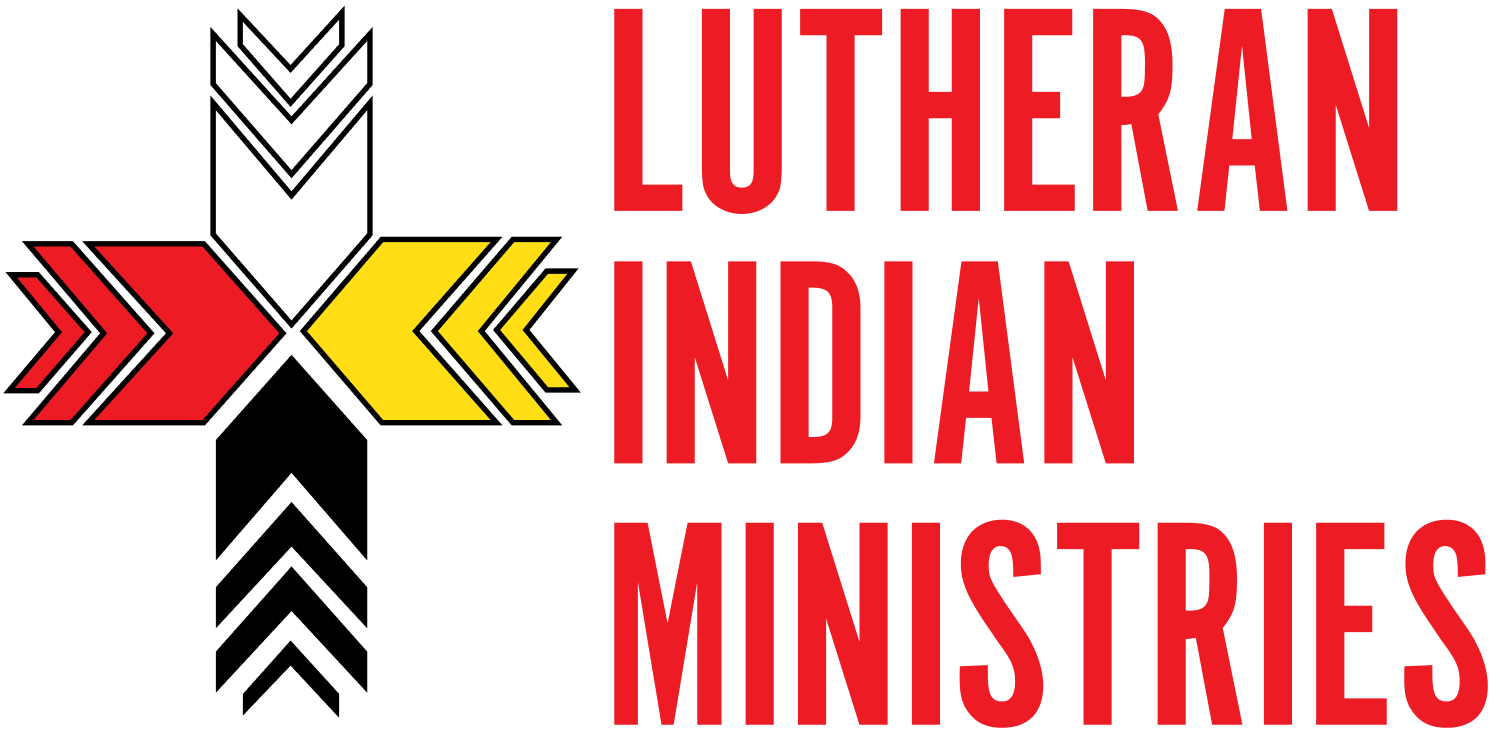This Week in Native American News (4/7/17): salmon, tattoos, and indigemojis
April 7, 2017
Great people doing great things: Using Subsistence Skills to Build Communities
“Sockeye” Suzy Lumley runs a small business canning and selling Columbia River sockeye and other species. For decades, Native fishermen got little more from the river’s bounty beyond their own subsistence. Seafood buyers offered meager prices to Natives because the methods commonly used to handle and store catches weren’t up to commercial standards.
That’s changed over the past 10 years, thanks to the efforts of Lumley and others.
Now, people like Lumley are reinvesting the increased revenue from salmon fishing back into the community. She sources her fish from members of all four tribes. And for the past 10 seasons, she has hired and housed at least half a dozen Yakama teens on the Columbia — expanding her business and keeping the youth out of trouble.
Read the whole story here
Native Hawaiian Tattoo Artist Helps Build Culture & Heal Sexual Abuse Trauma
Tattoo artist Marlo Lualemana was sexually assaulted at the ages of five and nine while growing up in Hawaii, she said. For many years, she didn't tell her family or friends about the assaults and hesitated to put her story on social media. But since coming forward, many of her clients and social media followers have been inspired to also share their stories and experiences of trauma and healing.
Today, she uses her craft as a tattoo artist to educate others about Native Hawaiian cultural identity and empower sexual assault survivors through the art of tattooing. Lualemana believes that sharing her own story has helped some of her clients, many of whom are sexual assault survivors, open up.
Read the whole story here
Hand Talkers Fight to Keep Language Alive
In early September 1930, the Blackfeet Nation of Montana hosted a historic Indian Sign Language Grand Council, gathering leaders of a dozen North American Nations and language groups, which was filmed by Hugh L. Scott, a 77-year-old U.S. Army General.
Scott’s films disappeared into the National Archives. Recently rediscovered, they are an important resource for those looking to revitalize PISL. Among them is Ron Garritson, who identifies himself as being of Cree, Cherokee and European heritage. He was raised in Billings, Montana, near the Crow Nation.
Garritson studied Scott’s films, along with works by other ethnographers and now has a vocabulary of about 1,700 signs. He conducts workshops and classes across Montana, in an effort to preserve and spread sign language and native history.
Read the whole story here -and- see an example here
Native Super Heroes Fly Again
Comics creator Jon Proudstar remembers the first time he saw a Native American character in a comic. It was Thunderbird, in the X-Men, and he was quickly killed off. Proudstar was 8 years old and he was not happy. "And for years I just lamented about it and said one day I'll bring him back," he says.
Proudstar, who is Yaqui and Mexican, went one better. He created the first comic book to feature a whole team of Native American superheroes. Tribal Force debuted in 1996 — but the publisher went out of business after just one issue. "For years I kept trying to get a publisher, and nobody would touch us," Proudstar recalls.
One reason? His main character was a sexual abuse survivor.
It's Powwow Season
There's no better way to experience the richness and beauty of Native culture than a Powwow.







